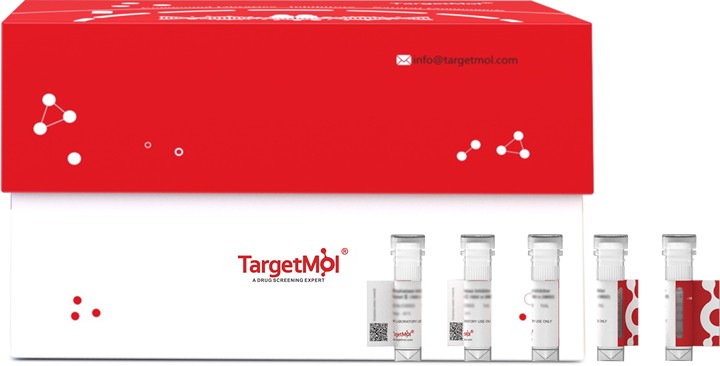Shopping Cart
- Remove All
 Your shopping cart is currently empty
Your shopping cart is currently empty

APOBEC3C Protein, Human, Recombinant (GST) is expressed in E. coli expression system with N-GST tag. The predicted molecular weight is 49.8 kDa and the accession number is Q9NRW3.

| Pack Size | Price | Availability | Quantity |
|---|---|---|---|
| 20 μg | $284 | 20 days | |
| 100 μg | $590 | 20 days | |
| 1 mg | $2,530 | 20 days |
| Biological Activity | Activity has not been tested. It is theoretically active, but we cannot guarantee it. If you require protein activity, we recommend choosing the eukaryotic expression version first. |
| Description | APOBEC3C Protein, Human, Recombinant (GST) is expressed in E. coli expression system with N-GST tag. The predicted molecular weight is 49.8 kDa and the accession number is Q9NRW3. |
| Species | Human |
| Expression System | E. coli |
| Tag | N-GST |
| Accession Number | Q9NRW3 |
| Synonyms | Phorbolin I,PBI,DNA dC->dU-editing enzyme APOBEC-3C,APOBEC3C,APOBEC1-like,APOBEC1L,A3C |
| Amino Acid | MNPQIRNPMKAMYPGTFYFQFKNLWEANDRDETWLCFTVEGIKRRSVVSWKTGVFRNQVDSETHCHAERCFLSWFCDDILSPNTKYQVTWYTSWSPCPDCAGEVAEFLARHSNVNLTIFTARLYYFQYPCYQEGLRSLSQEGVAVEIMDYEDFKYCWENFVYNDNEPFKPWKGLKTNFRLLKRRLRESLQ |
| Construction | 1-190 aa |
| Protein Purity | > 90% as determined by SDS-PAGE. |
| Molecular Weight | 49.8 kDa (predicted) |
| Endotoxin | < 1.0 EU/μg of the protein as determined by the LAL method. |
| Formulation | Tris-based buffer, 50% glycerol |
| Reconstitution | A Certificate of Analysis (CoA) containing reconstitution instructions is included with the products. Please refer to the CoA for detailed information. |
| Stability & Storage | Lyophilized powders can be stably stored for over 12 months, while liquid products can be stored for 6-12 months at -80°C. For reconstituted protein solutions, the solution can be stored at -20°C to -80°C for at least 3 months. Please avoid multiple freeze-thaw cycles and store products in aliquots. |
| Shipping | In general, Lyophilized powders are shipping with blue ice. Solutions are shipping with dry ice. |
| Research Background | DNA deaminase (cytidine deaminase) which acts as an inhibitor of retrovirus replication and retrotransposon mobility via deaminase-dependent and -independent mechanisms. After the penetration of retroviral nucleocapsids into target cells of infection and the initiation of reverse transcription, it can induce the conversion of cytosine to uracil in the minus-sense single-strand viral DNA, leading to G-to-A hypermutations in the subsequent plus-strand viral DNA. The resultant detrimental levels of mutations in the proviral genome, along with a deamination-independent mechanism that works prior to the proviral integration, together exert efficient antiretroviral effects in infected target cells. Selectively targets single-stranded DNA and does not deaminate double-stranded DNA or single- or double-stranded RNA. Exhibits antiviral activity against simian immunodeficiency virus (SIV), hepatitis B virus (HBV), herpes simplex virus 1 (HHV-1) and Epstein-Barr virus (EBV) and may inhibit the mobility of LTR and non-LTR retrotransposons. May also play a role in the epigenetic regulation of gene expression through the process of active DNA demethylation. |

Copyright © 2015-2025 TargetMol Chemicals Inc. All Rights Reserved.